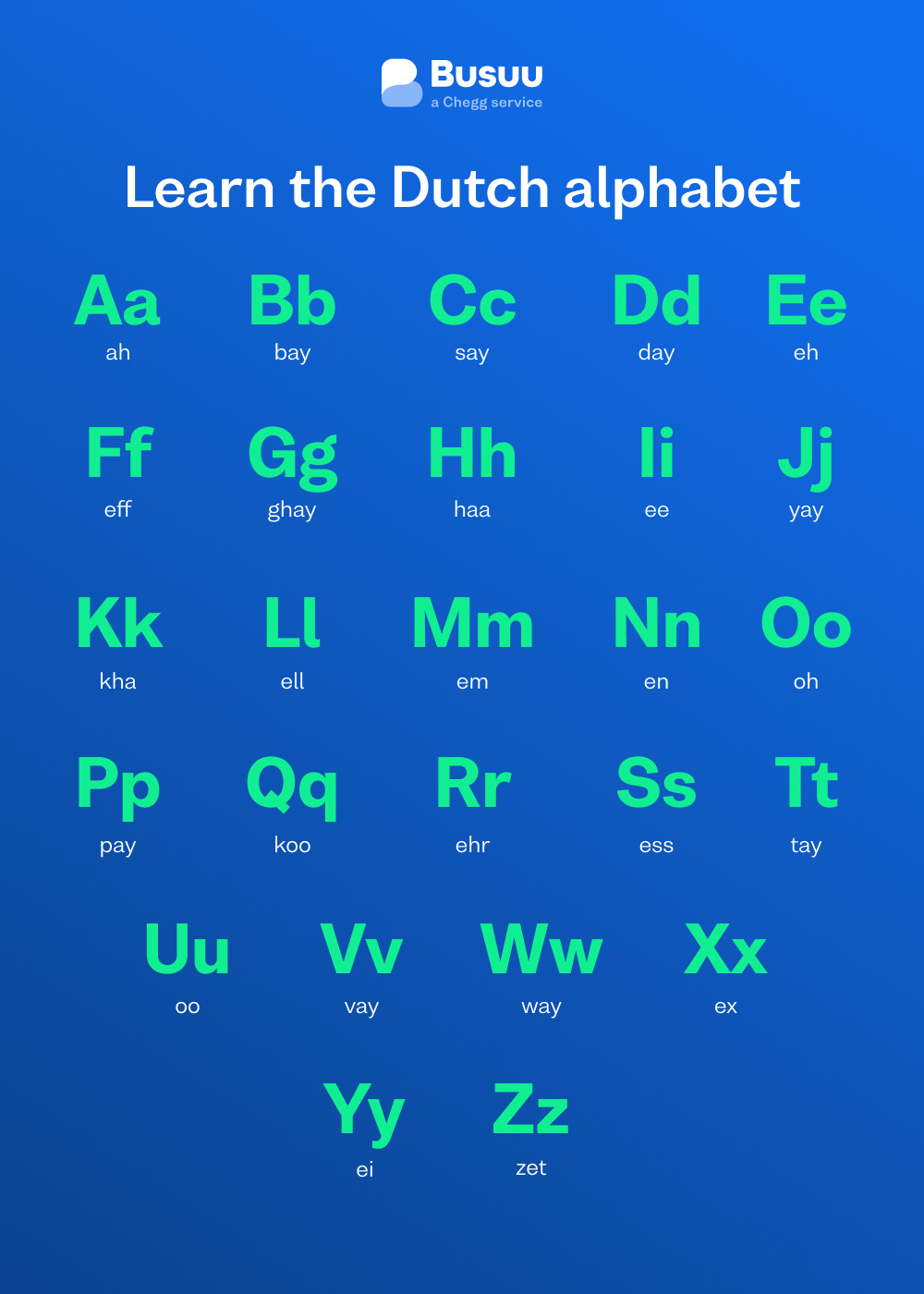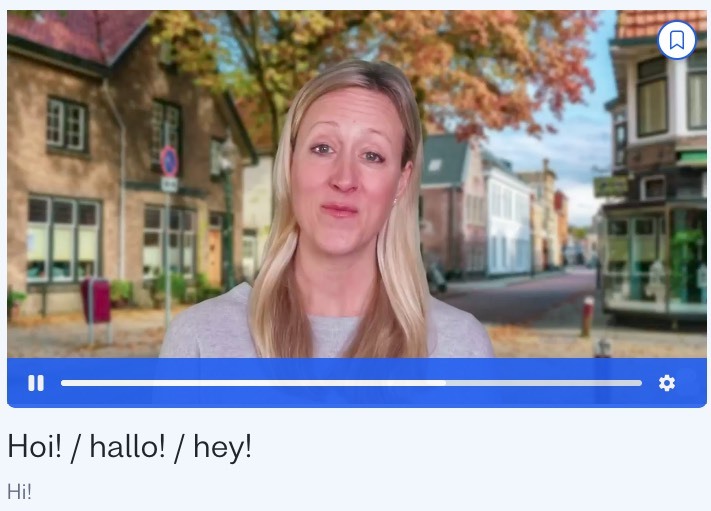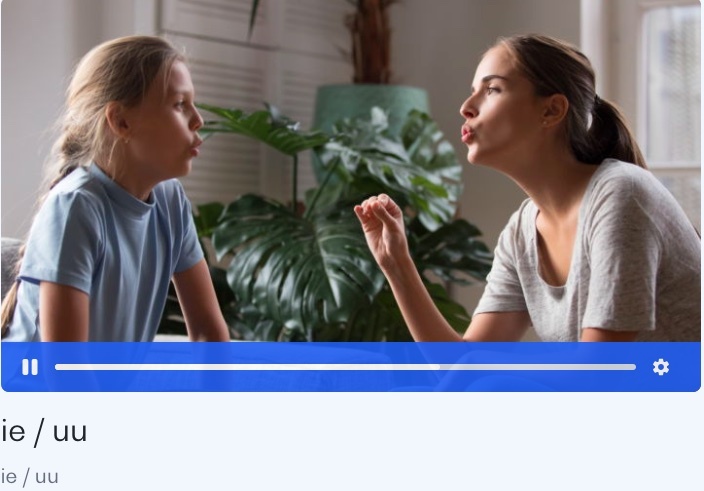Dutch Alphabet: A Guide
Learn how to pronounce Dutch with the 26 letters of the alphabet
I want to learn...
Dutch is famous for its hard-to-pronounce words, which may make you want to throw up your hands and schreeuwen – scream. But there are many reasons why Dutch doesn’t deserve this reputation – one being that Dutch is a phonetic language, which means it’s pronounced how it’s written.
So before you try and muddle your way through pronouncing tricky words, let’s go back to the building blocks of the language: the Dutch alphabet.
Is the Dutch alphabet the same as English?
The Dutch alphabet uses the 26 Latin letters, just like English. Most of the consonants follow the same pronunciation as English. There are a few exceptions:
- G in Dutch is a guttural ch/gh sound made in the back of the throat, like the Scottish loch. Ch in Dutch makes the same sound.
- J in Dutch is pronounced with an English y sound, as in year.
- V in Dutch sometimes makes an f sound, depending on the placement and regional dialect.
- W in Dutch w is a cross between an English w and v sound.
Vowels are a little trickier, but worry not – we’ve prepared a vowel guide below to help you pronounce them with ease.
Introducing the Dutch alphabet, pronunciation tips included
| Letter | Letter name | Pronunciation tips |
|---|---|---|
| A | ah | as in bad or bath |
| B | bay | changes from a b sound to a p sound at the end of a word, as in web (web, pronounced “wehp”) |
| C | say | makes an s sound before i, e, and y; makes a k sound before consonants and a, o, u |
| D | day | changes from a d sound to a t sound at the end of a word woord (word, pronounced “woort”) |
| E | eh | as in lesson |
| F | eff | as in farmer |
| G | ghay | a guttural g/ch in the back of the throat like a Scottish loch |
| H | haa | as in hand |
| I | ee | as in sit |
| J | yay | as in you |
| K | kha | as in kite |
| L | ell | as in letter |
| M | em | as in mug |
| N | en | as in note. At the end of a word, ns are often silent or very light. The common suffix -en to make a word plural doesn’t pronounce the n. |
| O | oh | as in sock or doctor |
| P | pay | as in parrot |
| Q | koo | as in quest. Q is only used on borrowed words and is always used together with the letter u. |
| R | ehr | as in reason |
| S | ess | as in set |
| T | tay | as in team |
| U | oo | as in food |
| V | vay | Most commonly as in veal, but can take an f sound depending on the region and placement in the word. |
| W | way | The Dutch w is a cross between an English w and v sound. The top teeth should touch the bottom lip without making a vibration. |
| X | ex | as in six. Only used in borrowed words. |
| Y | ei | as in hi. Only used in borrowed words. |
| Z | zet | as in zebra |

Long vowels in Dutch
Like English, Dutch has some tricky vowel combinations. Dutch has several common vowel combinations that turn a short vowel into a long one:
- A > aa (as in father, but longer). For example: kaas (cheese)
- E > ee (as in hail). For example: een (a/one)
- O > oo (as in rose). For example: boot (boat)
- U > uu (as in poor). For example: muur (wall)
- I > ie (as in sheep). For example: bier (beer)
It’s important to master the difference in sounds since the words can take on different meanings. Here are a few examples:
- Man (man) – maan (moon)
- Les (lesson) – lees (read)
- Vis (fish) – vies (dirty/disgusting)
- Zon (sun) – zoon (son)
- Bom (bomb) – boom (tree)
- Bos (woods) – boos (angry)
IJ in Dutch
In Dutch, there are three ways to make this common sound: first, with the letter y, second with the vowel combination ei, and third with the digraph ij. What’s a digraph? A digraph is two letters used together that make a unique sound – like “ph” in English.
IJ and ei make the same sound in Dutch. An example is brein (brain) or vijf (five). To pronounce this sound, start by saying the two individual sounds—“eh” and “ee”. Now, blend them together to make ij. You should still be able to hear each distinct sound in shortened form. You’ve got it!
How do you pronounce words in Dutch?
Using the sounds you’ve just learned, can you figure out how to say these common Dutch words?
Heerlijk (delicious) Remember your long vowels and the ij sound? Put it all together to say “hair-leik”
Spreek (speak) This is pronounced “spraik,” as in Ik spreek Engels.
Jaar (year) Remember that the Dutch j sounds like y? You would say this word “yahr” – very close to its English equivalent. In fact, you'll notice many Dutch words are more familiar to English speakers in spoken form than in writing.
Want support from native Dutch speakers?
With a big community of native Dutch speakers, you will never be left behind in your language learning journey with Busuu! Start taking a free online course and get help and support from a community of Dutch learners like you!

